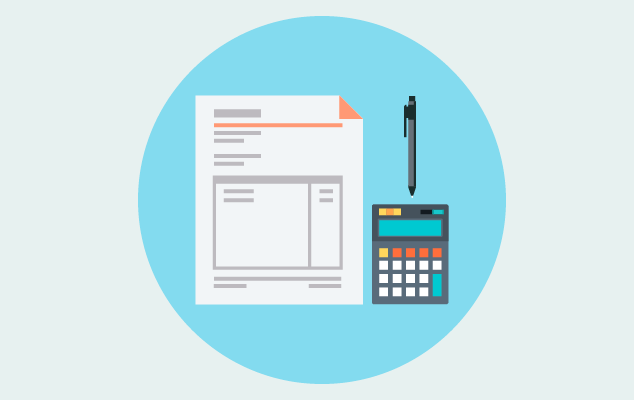
Working as a freelancer has its ups and downs. Some of the benefits include setting your own hours, working from home or on-the-go and exploring new opportunities on a whim. It’s no wonder why there are over 53 million freelancers working in the United States. This includes part-time specialists looking to make some extra dough and full-time freelancers who depend on contract work to make a living.
But that’s not to say everything is gravy. Since contract work is paid per project it can often be difficult to strike a consistent cash flow. Not to mention, you typically have to seek out new opportunities rather than finding work just by arriving at the office. And have you heard of the site Clients from Hell? Dealing with difficult people can add to your stress and eat into your personal time.
As you can see, being a freelancer is hard work that deserves recognition and a decent salary. But sometimes invoices go unpaid, which causes problems for anyone living project to project. Below are a few reasons why freelance and contract workers should adopt electronic invoicing and tips to improve the speed of payment.
Invoicing Meets the 21 st Century
Embracing an electronic invoice is the perfect solution for freelancers, small business owners and companies of all sizes because it’s quick, secure and easy to implement. Plus, many online invoice services , like Due, offer built-in functions to track outstanding, overdue and received payments. This is vital for freelancers because it takes the guess work out of invoicing, especially when managing multiple clients or projects. This is also helpful come tax time, when freelancers need to determine their yearly (or quarterly) income and expenses.
And since electronic invoicing occurs online, you can be sure payments are processed quickly and effortlessly. You can even try billing software providers like bill forward to make the the process of invoicing much easier.
Of course, even if the process is simplified by an online invoicing platform, clients can still drag their feet when it comes to paying what they owe. So, here are a few hints to get the most out of your electronic invoicing service and entice on-time payments.
Get It in Writing: Before you start any project, be sure to get the summary of work and payment terms in writing. A signed contract should never be overlooked.
Pick a Time: Talk with your client to determine the optimal time to receive payment. Perhaps you like to get paid immediately after the project is finished; or maybe your client likes to make payments on the first of the month. It doesn’t really matter as long as everyone is on the same page.
Share Invoices with the Proper Department: Sending your invoice to the team or person you are working most closely with isn’t always the best strategy. Make sure you get contact information for accounts payable or whomever manages invoicing. Don’t procrastinate.
Itemize Services Rendered: Businesses love breakdowns of what you worked on and for how long. Ensure this is itemized in your invoice.
Follow Up If Necessary: Even the most astute clients can sometime forget about an invoice. Don’t be afraid to remind them about payment deadlines.
Use Your Branding: Use your online invoice as an opportunity to promote your brand via a logo or formatting. Not only is this good marketing, it also improves your chances of getting paid on time.
Include the Important Stuff: Remember to include your company name, contact information, invoice number, due date and payment terms.
Chase Down Delinquent Payments: Nobody likes a deadbeat client. If you must chase down a late payment, start by reaching out to a collection agency or lawyer who can help you apply the pressure. Sometime all you need to do is turn up the heat to get things boiling.
So, what are you waiting for? Are you ready to save time and make money with online invoicing?

Founder Dinis Guarda
IntelligentHQ Your New Business Network.
IntelligentHQ is a Business network and an expert source for finance, capital markets and intelligence for thousands of global business professionals, startups, and companies.
We exist at the point of intersection between technology, social media, finance and innovation.
IntelligentHQ leverages innovation and scale of social digital technology, analytics, news, and distribution to create an unparalleled, full digital medium and social business networks spectrum.
IntelligentHQ is working hard, to become a trusted, and indispensable source of business news and analytics, within financial services and its associated supply chains and ecosystems









